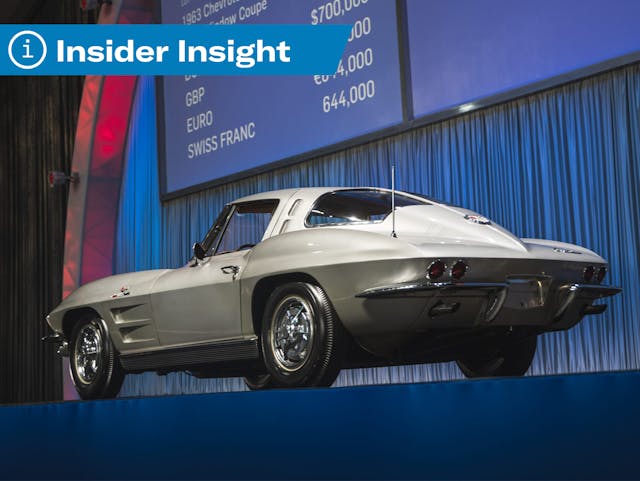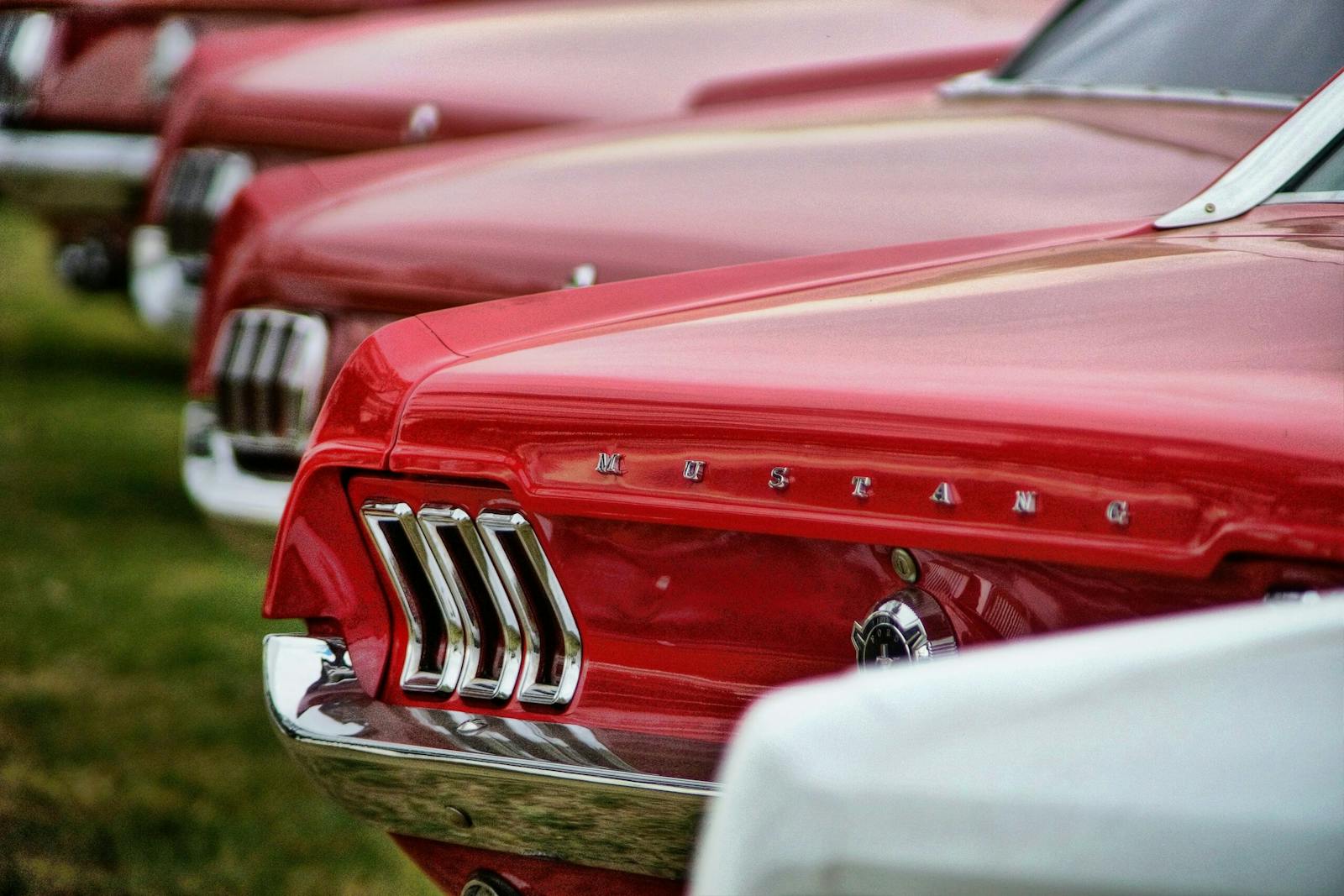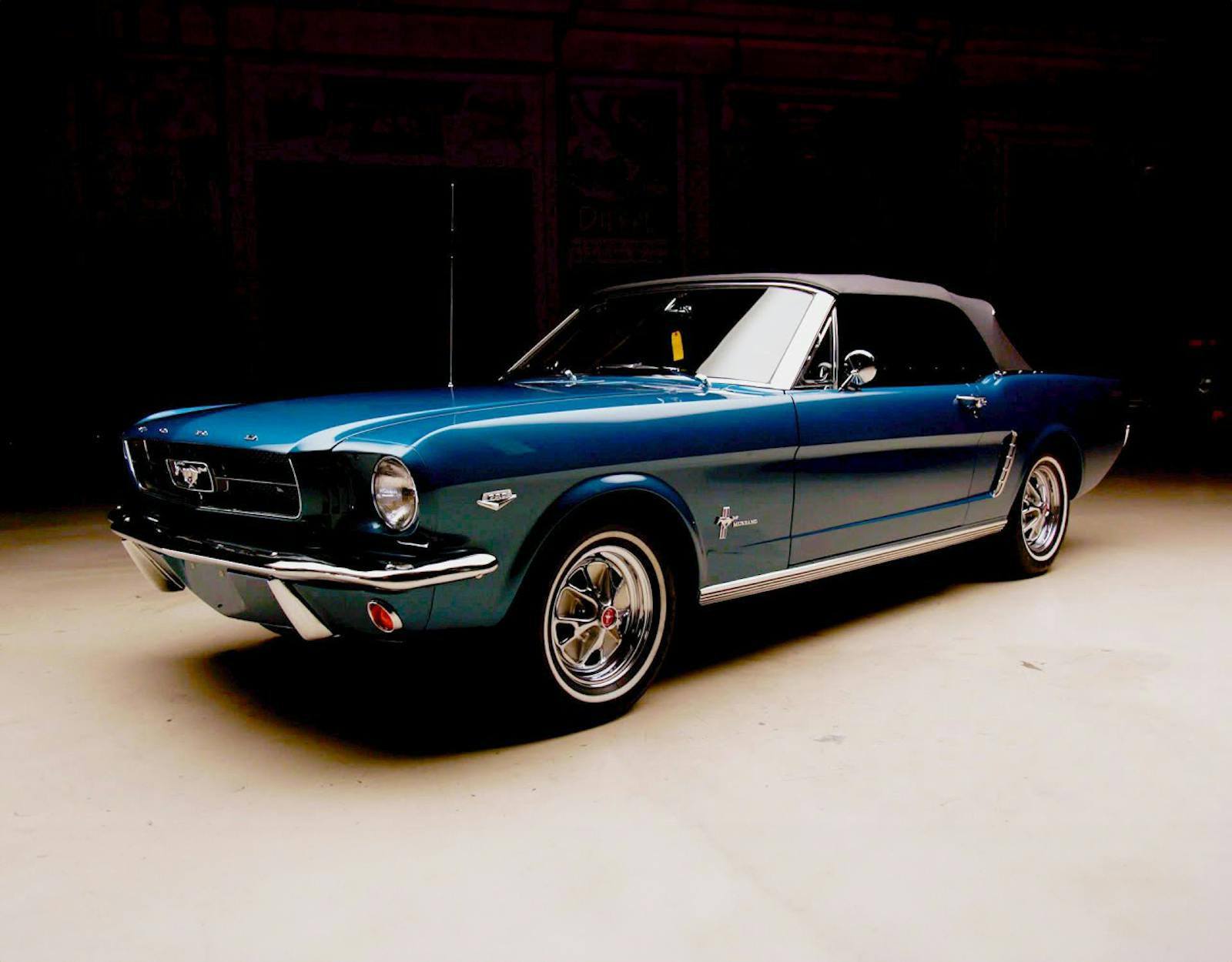What are reserve prices, and do they reveal market trends?

We’re always on the lookout for changes in trends that suggest a market on the move, and there’s no shortage of attributes that we examine. The use of a reserve price at public auctions is one such factor.
In recently poring over auction data from the last five years, we observed an increase starting in 2018 of vehicles offered at auction with a reserve price, with a peak in 2021 and a slight taper in reserves this year. With values leveling off recently, is there a correlation that suggests reserves could be a leading indicator for the direction of the market?
First, what is a reserve price, and why is it used?
A reserve price is the minimum bid to buy an item at auction. That simple sale/no-sale threshold is part of a careful balancing act between the three parties in an auction transaction.
Sellers seek what they think their vehicle is worth and view a reserve price as a safe way to get it. Buyers may have found exactly what they want at the auction and are willing to pay anything (reserve or not) to get it. However, they may also enjoy the excitement of finding a deal at the auction, and a reserve price can be a deterrent to that.
Auction companies want the revenue that comes from completed sales, which favors avoiding reserves. However, in order to make sellers confident enough to consign vehicles with them, auction houses may need to acquiesce to a reserve.
Getting this tripartite balance right means sellers get a reasonable price, buyers pay a fair price, and auction companies are compensated for their time and expense.
Getting it wrong means the seller either keeps the vehicle or doesn’t get a good price, buyers leave empty-handed or overpay, and both sides are unlikely to return to a future auction. The auction company risks less revenue or fewer consignments at future auctions.

In practice, reserve prices are more likely for some vehicles and less likely for others. Vehicles worth less than, say, $100,000 often don’t warrant a reserve because there’s an ample supply of cars in that price range. This means the auction company has more leverage. Further, at that number there are usually enough bidders participating, so a fair price is more likely. At higher values, fewer vehicles mean the seller has more leverage, but fewer bidders mean a fair price is less certain.
As supply and demand change over time, reserves may become more or less common (more reserves could improve diminished supply while fewer reserves might help with low demand). As you can imagine, keeping everything in balance among the three is a challenge.
Now, back to how reserves appear to be affecting the market.
We’ve noted that reserves are less common at lower price points, but by setting the threshold to $250,000, reserves appear about half the time. That 50 percent share isn’t constant, though. Rather, it has increased from less than 30 percent in the 2006–2008 period to over 60 percent in the past couple of years.
As noted, 2022’s percentage dipped slightly, and is reflected in the chart below. More on that in a moment.
How does this evolution of reserve percentages compare to market appreciation or depreciation? Based on Hagerty Price Guide values of vehicles with a condition #2 (Excellent) value of less than $250,000 from 2018 forward, we see an upward trend of more reserve lots leading to more appreciation.
Of course, correlation and causation are not the same. The correlation of sales of umbrellas on days when it rains obviously doesn’t mean sales of umbrellas cause rain. We have to confirm the relationship between the two. Here’s where the math comes in.
We tested for correlation as far back as our data would allow (2006), and found that from 2006–2009, more reserves were only weakly tied to appreciations in value. That changed over time, however, and we saw an increase in the relationship between increased reserves and appreciation, culminating in a statistically strong relationship for the period between 2015 and 2021 (the latest full year data was available).
As you can see in the chart below, the correlation indicates a greater share of reserve lots can lead to increases in price guide values.
Now that we’ve refreshed what you learned in high-school stats class, what does this mean for the current state of the collector market?
Look back to that slight downturn of reserve percentages from 2021 to 2022 on the bar chart. Given the correlation, the reduced amount of reserves does suggest the possibility of slightly lower values in the near future.
How should this impact your buying and selling decisions? More or less reserves on their own shouldn’t stop you from raising your paddle or listing your vehicle, but they could help you better time your action.
For both of these questions, keep in mind that reserve percentages are one factor among many, and astute observers use every tool they can to judge the market around them.
Check out the Hagerty Media homepage so you don’t miss a single story, or better yet, bookmark it.

